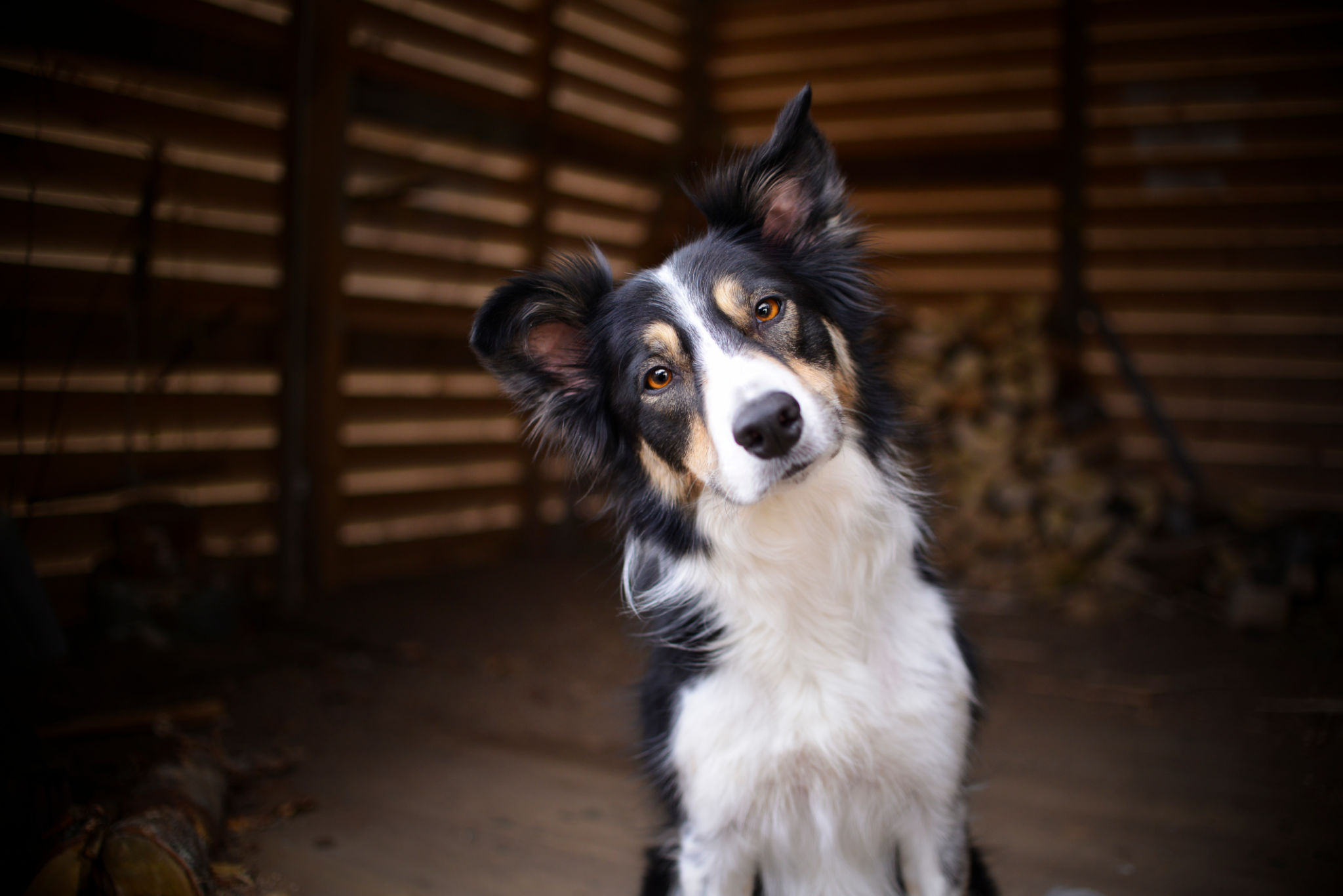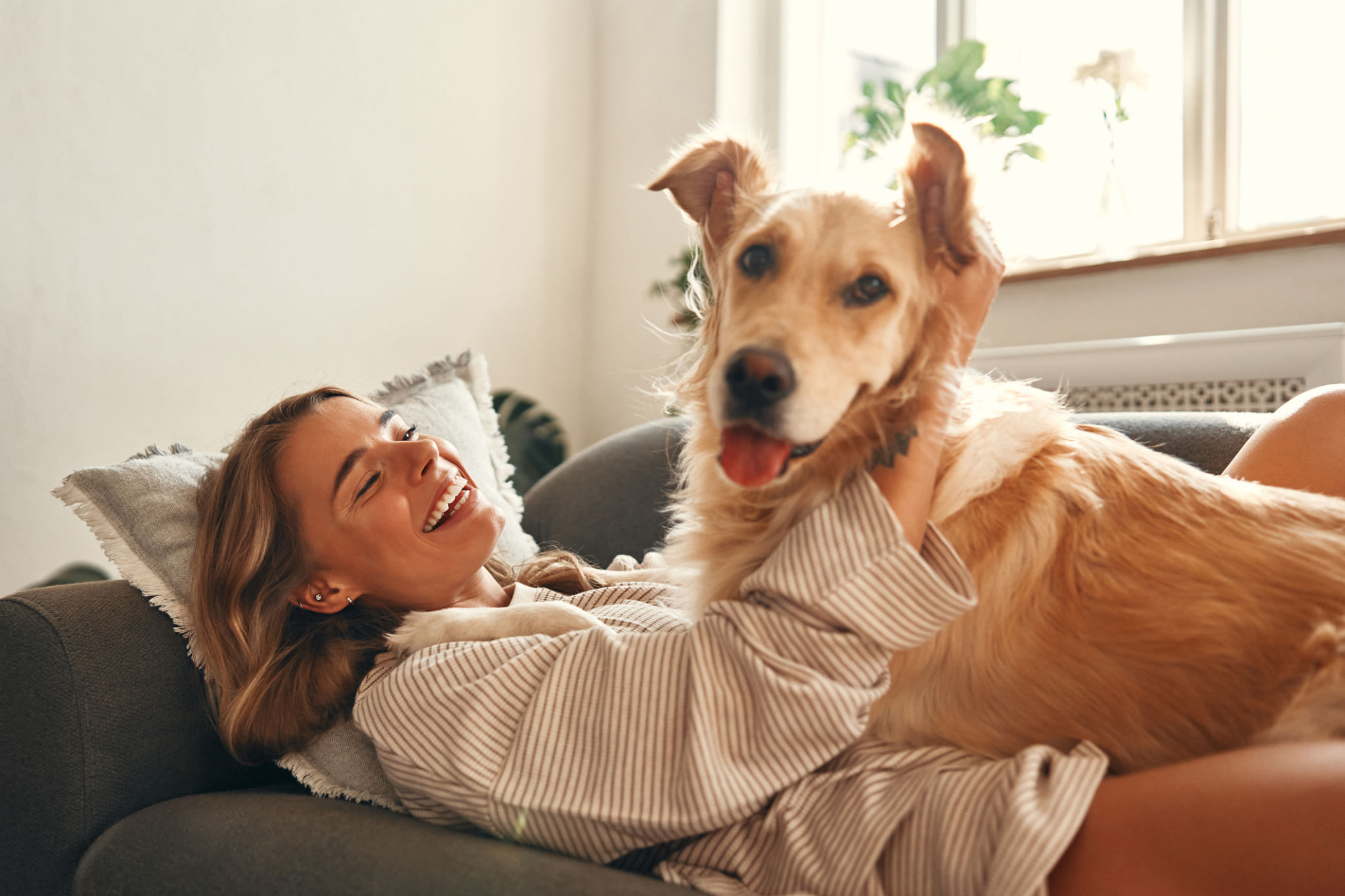DIY Dog Training: What You Can Learn from Professional Pet Behaviorists
Understanding Dog Behavior
Training your dog at home can be a rewarding experience, but it’s essential to understand what drives your pet’s behavior. Professional pet behaviorists emphasize the significance of recognizing your dog’s basic instincts, natural behaviors, and needs. These insights can greatly influence how you approach training and ensure it is both effective and enjoyable for you and your furry friend.
Dogs, like humans, are creatures of habit and often exhibit behaviors that stem from their instincts. Understanding these instincts can help you address issues such as barking, digging, or chewing. Professional trainers often start by assessing a dog's behavior to tailor a training program that fits their unique needs.

Consistency is Key
One crucial aspect of professional dog training is consistency. Dogs thrive on routine, and setting a consistent training schedule can help reinforce positive behaviors. Experts recommend short, regular training sessions rather than infrequent, lengthy ones to maintain your dog’s focus and enthusiasm.
Consistency extends beyond timing; it also applies to commands and rewards. Using the same command words and rewarding positive behavior consistently helps your dog understand what is expected of them. This approach mirrors professional techniques that emphasize clarity and repetition.
The Power of Positive Reinforcement
Positive reinforcement is a cornerstone of modern dog training. This method involves rewarding your dog for good behavior, making it more likely they will repeat that behavior in the future. Professional trainers use treats, praise, and playtime as rewards to encourage desired actions.
It’s important to choose rewards that motivate your dog. Some dogs respond better to treats, while others may be more driven by affection or toys. Observing what excites your pet can help you tailor your rewards system effectively.

Patience and Persistence
Training a dog requires a great deal of patience and persistence. Professional trainers often stress the importance of staying calm and patient, especially when progress seems slow. Dogs can sense frustration, which may hinder their learning process.
Persistence is equally important. Just like humans, dogs may not grasp new concepts immediately. Repetition and gradual progression are key elements in helping your dog learn new behaviors. Celebrate small victories along the way to keep both you and your pet motivated.
Understanding Canine Body Language
Professional behaviorists are skilled at reading canine body language, which offers valuable insights into a dog's emotions and reactions. Paying attention to your dog's posture, tail position, and facial expressions can help you gauge their comfort level and readiness to learn.
For example, a wagging tail doesn't always signify happiness; its position and movement can indicate different emotions. By learning to interpret these signals, you can tailor your training approach to suit your dog's mood and ensure a positive experience.

Setting Realistic Goals
Setting achievable goals is another strategy employed by professionals. It’s important to break down training objectives into manageable steps. This approach prevents overwhelming both you and your dog, making the learning process smoother and more enjoyable.
Begin with simple commands like "sit" or "stay" before progressing to more complex tasks. Celebrate each success to build confidence in your pet and maintain momentum in your training journey.
Seeking Professional Help When Needed
While DIY training can be effective, there may be times when seeking professional help is beneficial. If you encounter persistent behavioral issues or feel unsure about your approach, consulting a professional can provide valuable guidance and support.
Professional trainers offer personalized advice tailored to your dog's specific needs, helping to address any challenges you might face during training. They can also help refine techniques and offer new strategies to enhance your DIY efforts.
The Journey of Learning Together
Training your dog is not just about teaching commands; it’s about building a strong bond and understanding between you and your pet. By incorporating these professional insights into your DIY training routine, you can create a positive learning environment that fosters trust and cooperation.
Remember that every dog is unique, and what works for one may not work for another. Stay flexible, keep learning, and most importantly, enjoy the journey of growing together with your beloved canine companion.
